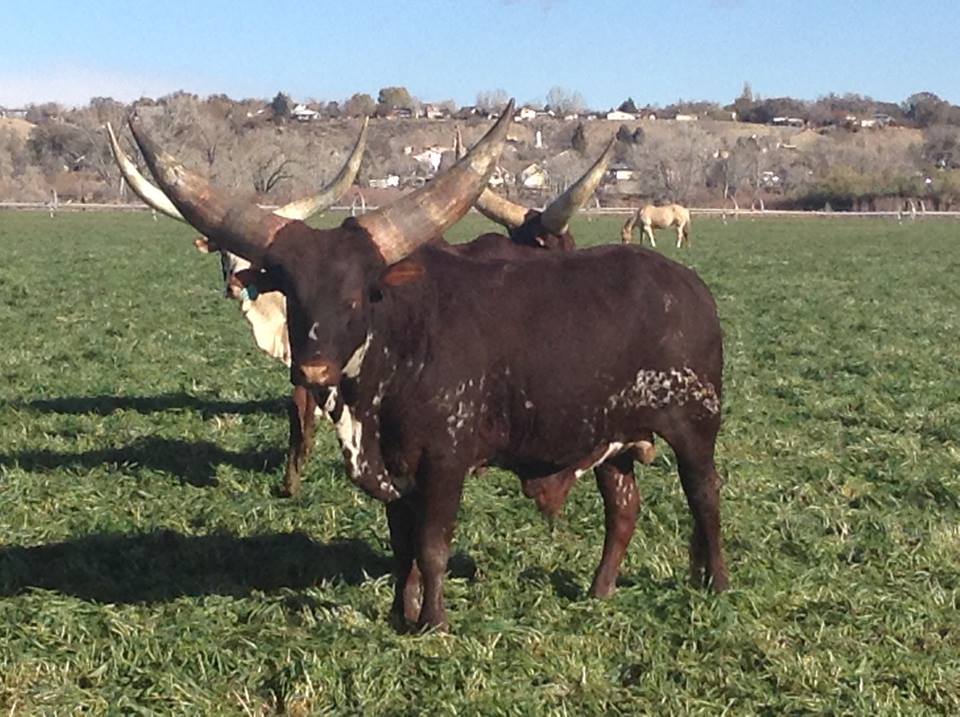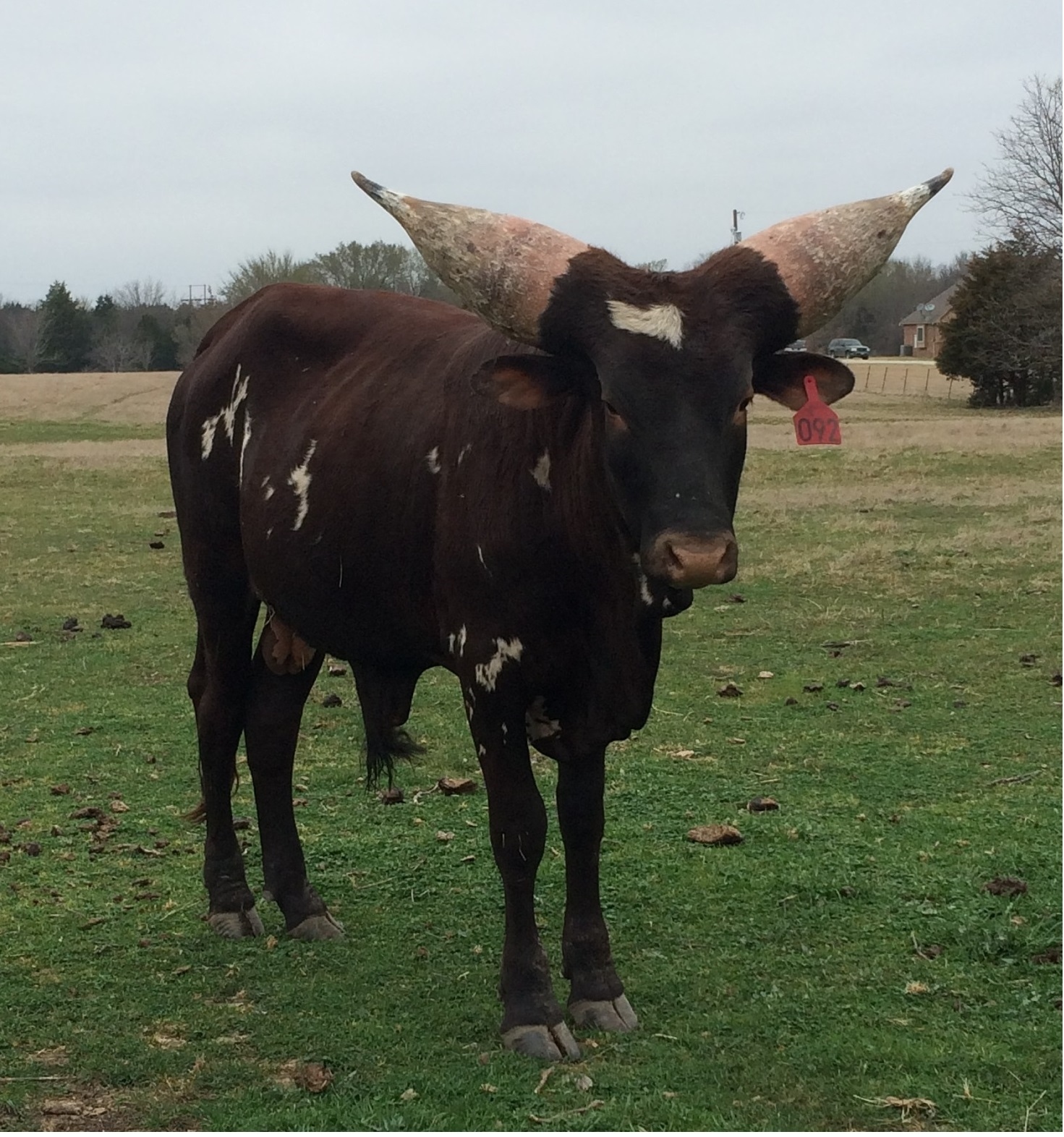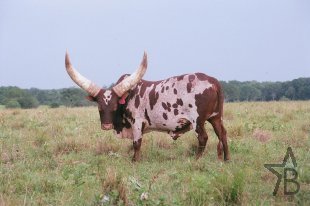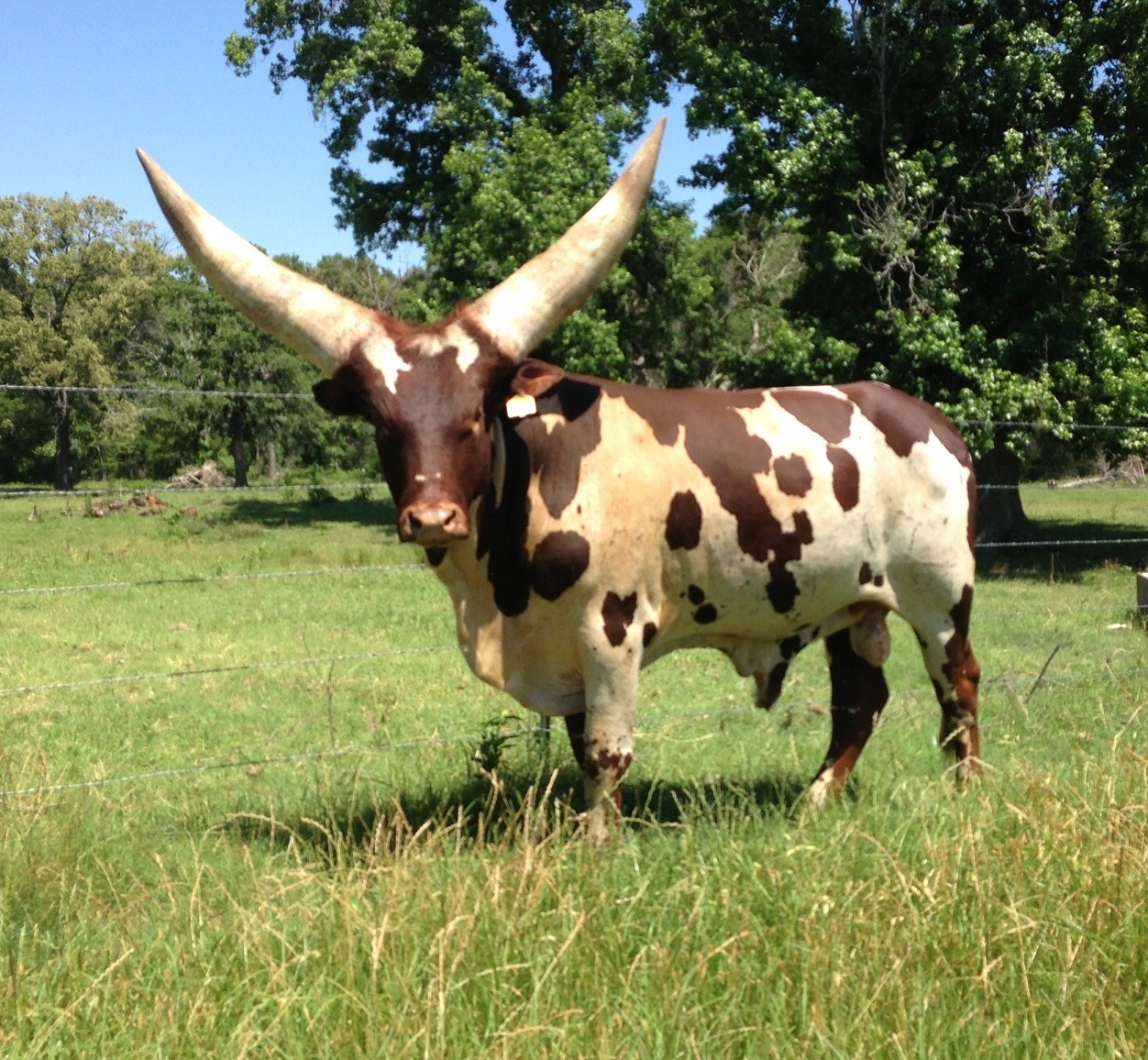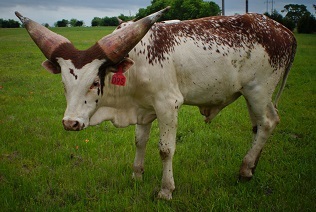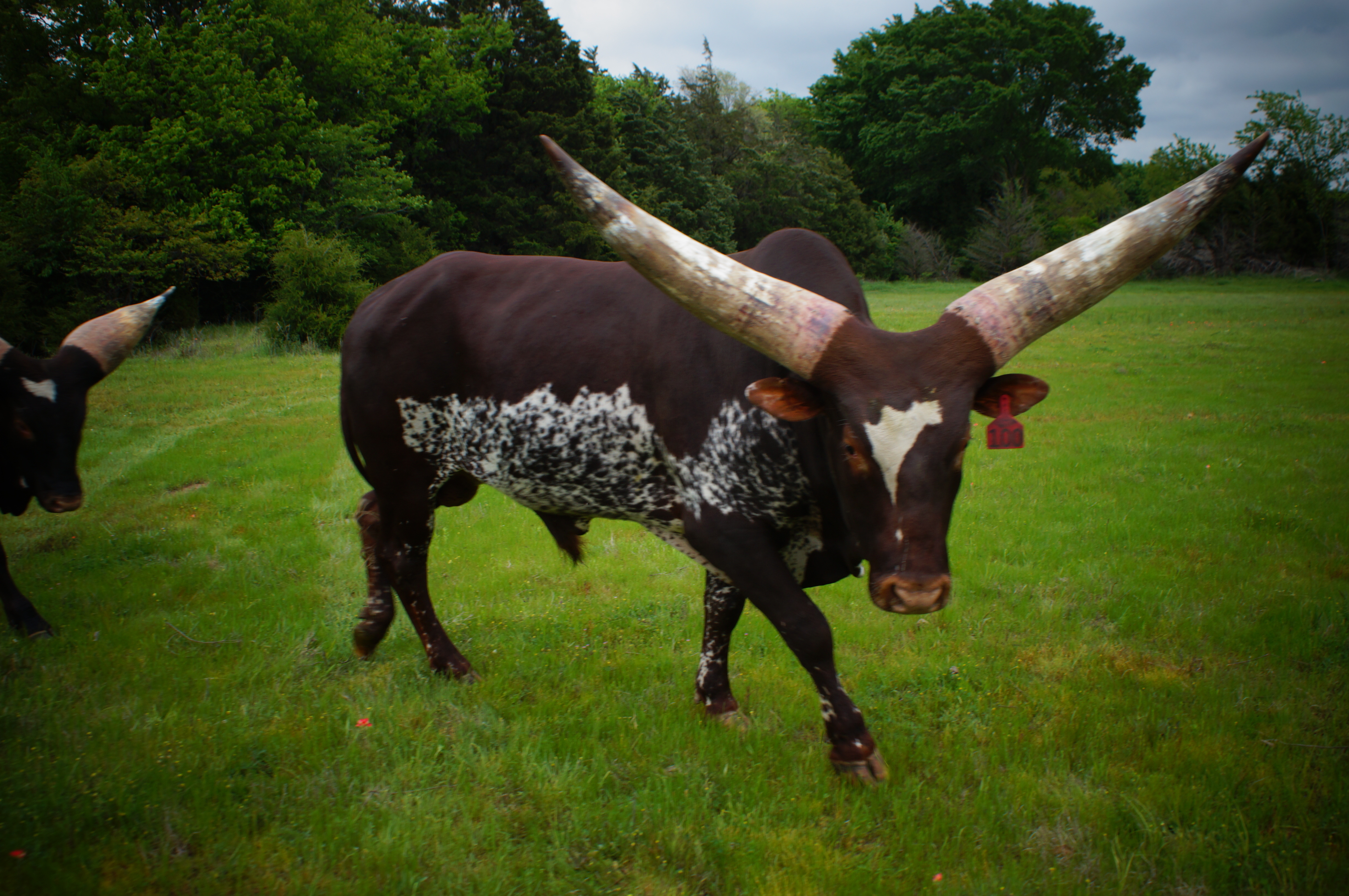For those few of us that are watusi wonks (and we know who we are) this article will make us pant for it’s content. The rest of you can go back to sleep.
Cary Woodruff is the Director of Paleontology of the Great Plains Dinosaur Museum in Malta, Montana. He has graciously shared with us an account of his research AND it is written clearly and concisely for those of us pretty much limited to Jurassic Park for our knowledge base…..
My name is Cary Woodruff, and I am the Director of Paleontology at the Great Plains Dinosaur Museum in Malta, MT. My area of specialization is in sauropod dinosaurs. Sauropods are the “long-neck” dinosaurs, and classically represented by the logo for Sinclair Oil, “Brontosaurus”, Littlefoot from the “Land Before Time”, and the Flintstone’s beloved pet Dino. So what the heck is a paleontologist studying long-neck dinosaurs doing with Ankole-Watusi? Back when I was an undergraduate student at Montana State University, I was studying a special feature in the vertebrae (“back bones”) of some sauropods. At the top of some sauropod vertebrae is a paired process that is scientifically called the bifurcated neural spine. Since the discovery of sauropods with bifurcated neural spines in the late 1800’s, no one knew what this paired feature was for. Some paleontologists speculated that it was filled with muscles, others that it was filled with air sacs (like modern birds have), and some thought that in life it was just an open trough. In over 130 years of study there was little if any consensus. While doing my undergraduate studies, I was conducting a lot of research on bifurcated neural spines, and I was captivated as to what purpose this structure served.
Traditionally, when paleontologists were studying sauropods, they looked to modern long-necks animals (like giraffes) as proxies. Unfortunately, giraffes nor any modern long-neck animal possess bifurcated neural spines, thus the purpose of this feature seemed out of reach. I decide to go back to square one. Before, paleontologists had looked to modern long neck-animals, but with no solution. Conversely, I didn’t view a sauropod neck as a long neck, I viewed it as a heavy weight extending out from the body. Thus I decided to look for modern animals that had a head size and weight that made up a large contribution to the entire animal. And that is what led me to the Ankole-Watusi.
It was a huge gamble, but no other animal alive today possess a head to body weight ratio of the Watusi, thus I sought the help of the World Watusi Association. With the Association’s help, I found amazingly kind breeders who donated 3 Watusi cows to conduct dissections on. The reason for the dissection was twofold: 1) We could test my hypothesis to see if the Watusi does have bifurcated neural spines, and 2) if so, we could finally understand the actual anatomy associated with this feature. To everyone’s amazement (myself included) I was right! The Ankole-Watusi was the first modern, plant eating, four legged animal since the sauropod dinosaurs to be recognized to possess bifurcated neural spine. What we learned from all of the work conducted on the Watusi anatomy, is that on the tops of the split spines is a likewise split ligament. This ligament – called the nuchal ligament – is very important in moving one’s head. As anyone who has played with a rubber band knows, they are elastic – if you pull it, the band will snap back. And ligaments are the same. I theorized that due to the great weight of the horns, the Watusi developed the bifurcated spines as an energy efficient means to sustain head movement.
While this is great knowledge, you may be asking, “So what does this have to do with dinosaurs?” What this means, it that for the first time in over 130 years we finally know what muscles, ligaments, tendons, etc. were associated with the bifurcated spines in sauropods, and why they evolved this feature. We now hypothesize that sauropod dinosaur evolved the bifurcated neural spine to harbor a split elastic ligament that aided in prolonged feeding. We now know that sauropods did not using their long necks to feed high in trees; instead their necks were extended horizontally – like living booms. Opposed to exerting a lot of muscle energy to move the neck side to side, they could contract the neck, and let the elastic energy stored in the split ligaments pull the neck side to side. Imaging one of those toy drinking birds, but on it’s side. In fact many animals alive today use stored elastic energy – kangaroos and horses use such for movement. Thus without the Ankole-Watusi (and the support of the World Watusi Association), a 130 year old mystery is finally solved. I am still conducting more Watusi research, and undoubtedly this remarkable breed will continue to amaze and contribute to scientific discoveries.

